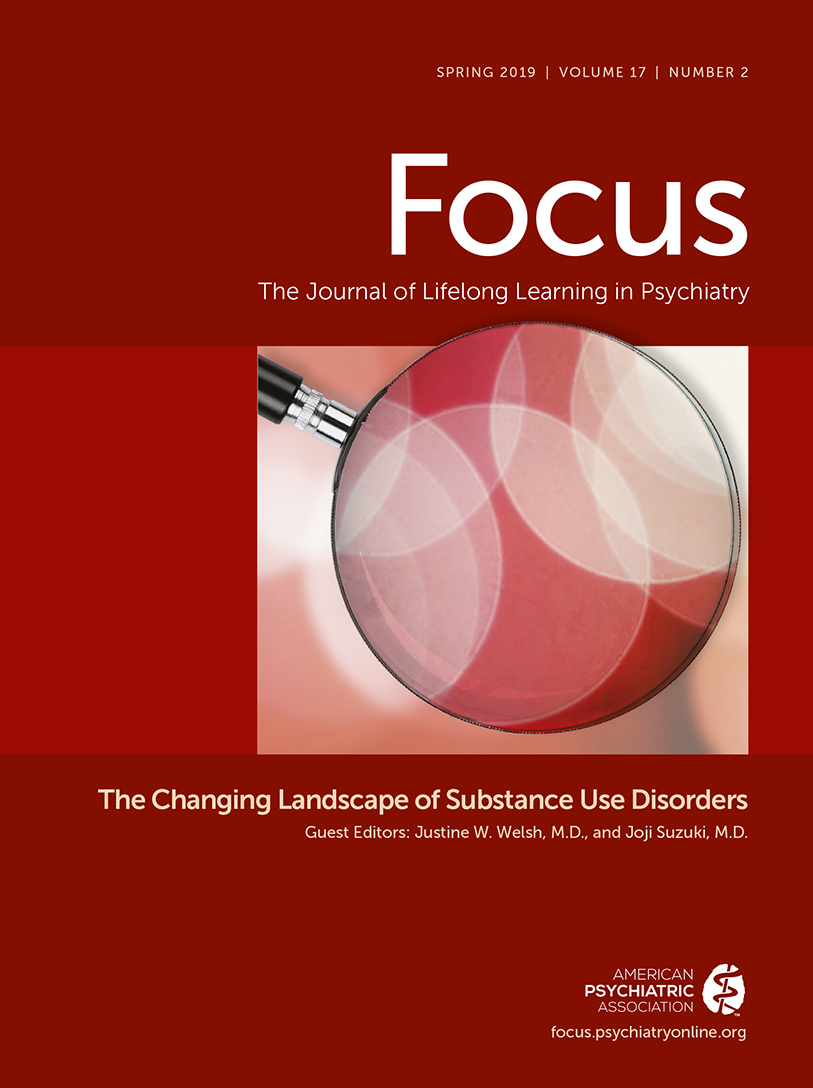Substance Use Among College Students
Abstract
U.S. college campuses have witnessed a national increase of cannabis, stimulant, and illicit drug use among students over the past decade. Substance use among college students is associated with numerous negative outcomes including lower academic performance, a higher probability of unemployment after graduation, and an increased risk of committing and experiencing sexual assault. Several risk factors for substance use are specific to this population, including an affiliation with Greek life, perception of high academic pressure, and peer pressure. Students with problematic substance use also face unique challenges in planning treatment, including aspects of confidentiality, financial constraints, and potential university oversight and involvement. This article highlights the prevalence of substance use on college campuses and describes some of the specific challenges and approaches to treatment in this population, including screening tests and interventions for specific substances used on college campuses and evidence-based substance use programming for college students.



